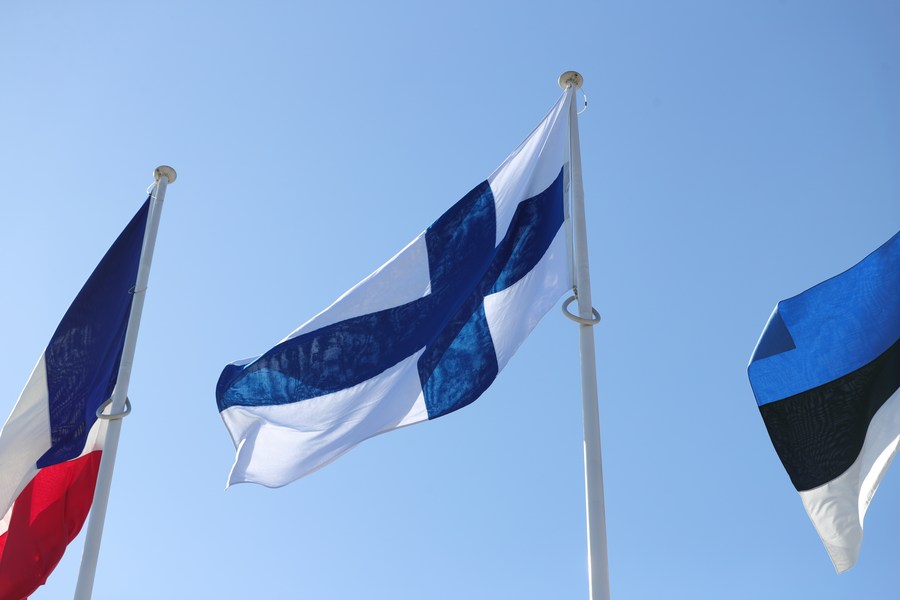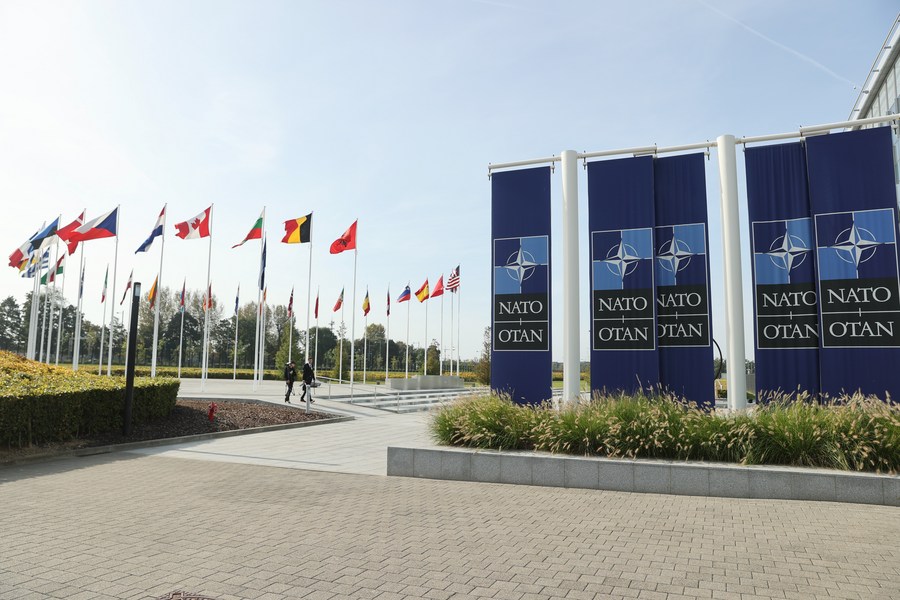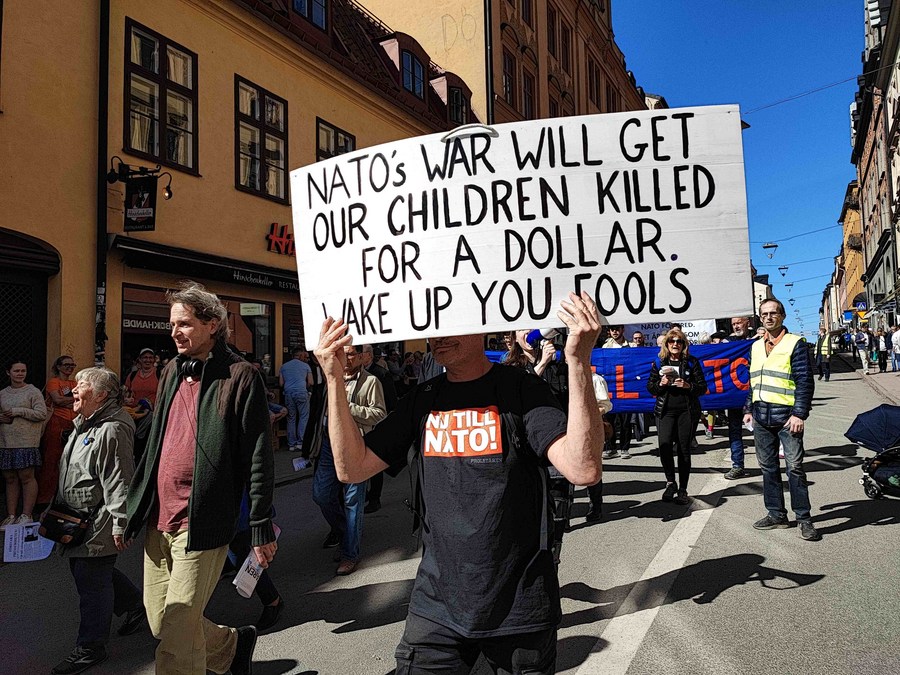The Hungarian parliament’s green light on Sweden’s accession to the North Atlantic Treaty Organization (NATO) cleared the final stronghold in the military bloc’s comprehensive expansion in the northern direction.

However, concerns have been raised that Sweden’s accession could lead to regional instability.
Sweden actively pursued membership to ensure a collective defense strategy, following in the footsteps of Finland, which joined NATO in April last year. Nevertheless, analysts have warned that Sweden, once a non-aligned Nordic country, may now face increased risks of being drawn into conflicts.
PROTRACTED ACCESSION PROCESS
Following the escalation of the Ukrainian crisis in February 2022, both Sweden and Finland abandoned their longstanding military non-alignment policy and applied for NATO membership. All member nations were required to approve the applications.

Finland completed the accession process in April 2023. However, after Türkiye approved Sweden’s membership in January, Hungary continued to oppose it until Monday.
Highlighting longstanding tensions with Sweden, Hungarian government spokesman Zoltan Kovacs had emphasized the need for collaboration to bridge differences. Meanwhile, the United States and NATO allies have been putting pressure on Hungary to expedite Sweden’s accession.
Last week, Swedish Prime Minister Ulf Kristersson visited Budapest, culminating in a bilateral agreement involving the purchase of Swedish fighter jets by Hungary.
BLOC CONFRONTATION CONCERNS
Sweden’s NATO membership means the abandonment of its historical policy of non-alignment and neutrality. Analysts argue that NATO’s continued enlargement will reshape European security dynamics, and potentially strain Russia’s geopolitical position.
Nicholas Lokker and Heli Hautala from the Center for a New American Security (CNAS) expressed concerns that Moscow may perceive NATO’s expansion as a threat, leading to short and long-term challenges.

Russian Defense Ministry publications warn of the security implications of NATO troops and equipment on Finnish and Swedish territory.
Last year, Sweden and the United States strengthened their defense cooperation, granting access to military bases. Coupled with recent U.S. agreements with Finland, these moves deprived the two countries of the status of buffer zones between the NATO alliance and Russia.
Jan Oberg, director of the Transnational Foundation for Peace and Future Research, said that Sweden’s decision to join NATO may compromise the security of local citizens.
Finland and Sweden, “instead of keeping out of war, being a potential mediator and supporting disarmament and de-nuclearization, will be frontline states drawn into a crisis/tension situation much more easily and early than otherwise,” Oberg said in a recent interview with Xinhua.
REGIONAL INSECURITY
NATO’s continued expansion, particularly with the inclusion of Sweden and Finland, intensifies tensions with Russia in the Nordic region, analysts stressed.

Lokker and Hautala highlighted that Russia’s border with NATO will extend from the Arctic Ocean to the Baltic Sea, which “will permanently alter the European security architecture and erode Russia’s geopolitical position.”
In May 2022, the Russian Foreign Ministry warned that Sweden’s NATO membership could damage the security of Northern Europe. NATO military exercises across the European continent one after another near Russian territory in recent years have significantly disturbed Moscow.
Earlier this year before Sweden’s entry, NATO kicked off a massive four-month-long military exercise, Steadfast Defender 2024.
The alliance’s largest military exercise in decades, including about 90,000 troops from 31 member states and Sweden, quickly drew criticism from Russian Deputy Foreign Minister Alexander Grushko, who called it a return to Cold War-era tactics.

